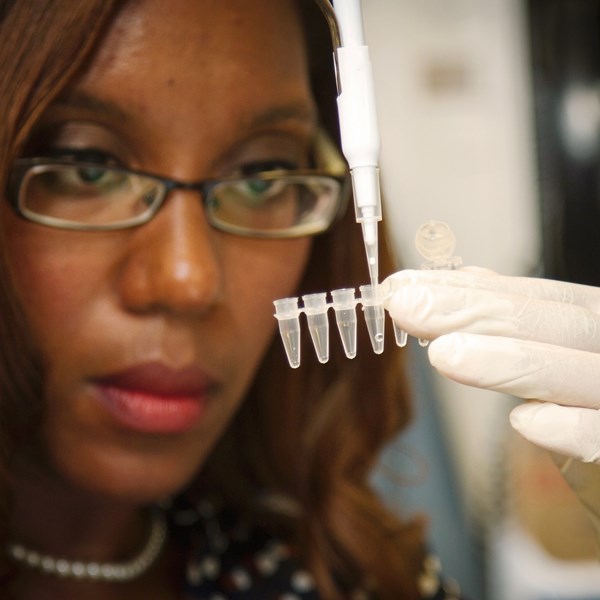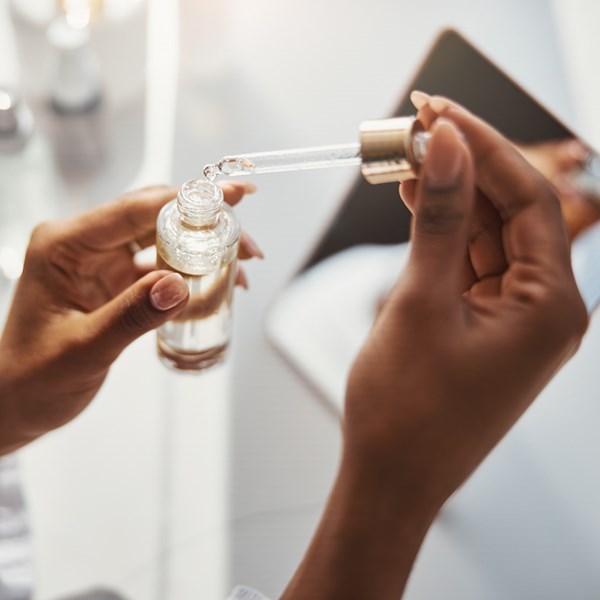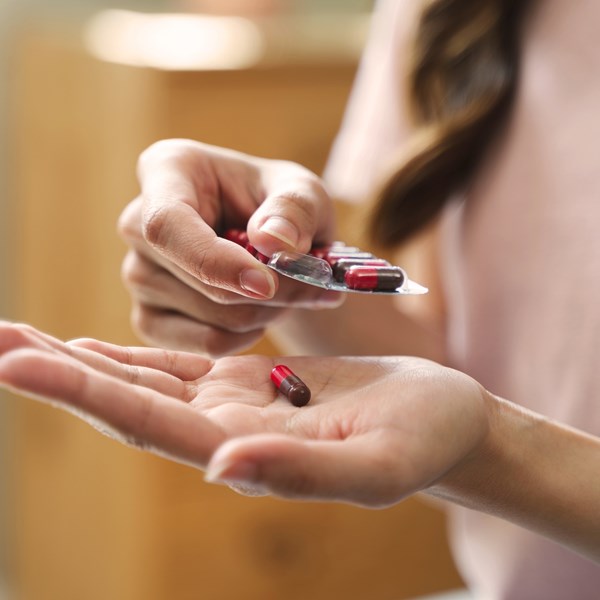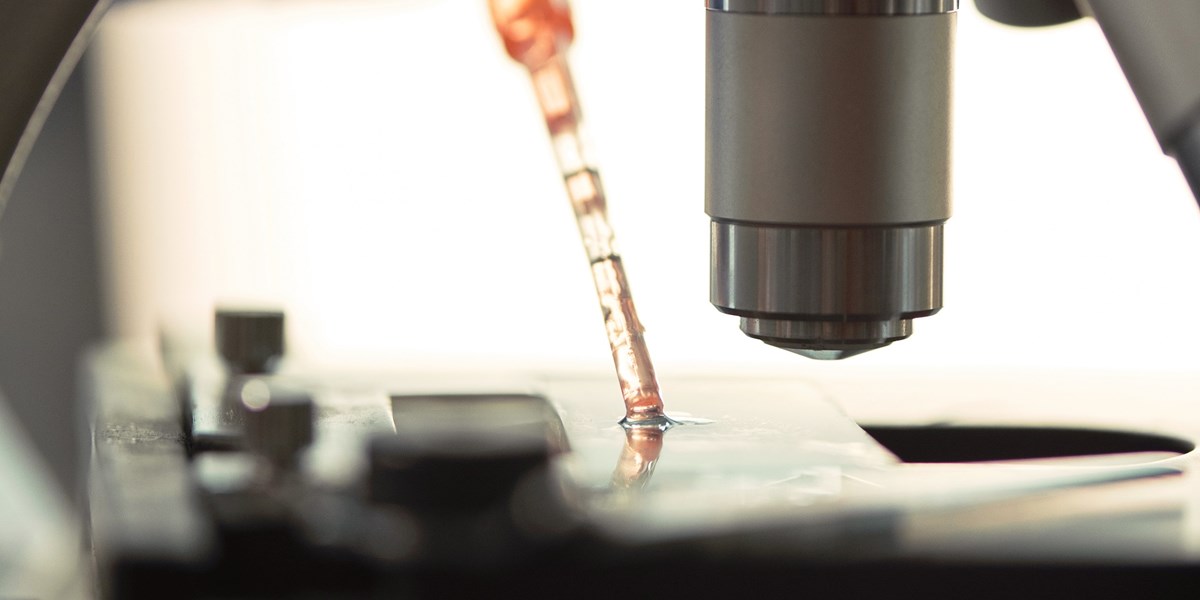The Court of Justice of the EU (CJEU) has once again been asked to explain the eligibility criteria for SPCs for “combination products” - those comprising two or more active ingredients.
This latest referral is from the Irish Supreme Court and arises from Clonmel Health Limited’s challenge to Merck, Sharp & Dohme (MSD)’s Supplementary Protection Certificate (SPC) for its cholesterol lowering drug Inegy® (a combination of ezetimibe and simvastatin) in Appeal Number [2022] IESC 11.
Similar to the recent referral from the Finnish Market Court (see our update, here), the case considers how to determine whether a combination product is “protected by a basic patent”, as required under Article 3(a), and whether the product “has not already been the subject of a certificate”, as required under Article 3(c).
The points under consideration will likely be relevant to other combination products, particularly where a product is approved both on its own as a monotherapy and separately as a combination product.
BACKGROUND
SPCs for combination products have been the subject of previous referrals to the CJEU, including C-443/12 (Actavis I), C-577/13 (Actavis II), and C-121/17 (Teva).
However, those referrals have led to the development of two apparently contradictory standards for determining SPC eligibility under Articles 3(a) and 3(c).
On the one hand, the CJEU has ruled (in Actavis I) that Article 3(c) precludes a patent holder who has already secured a first SPC for an innovative active ingredient (based on a marketing authorisation (MA) for a monotherapy), from securing a second SPC for that active ingredient in combination with another active ingredient (based on a MA for a combination therapy) if that other active ingredient is not protected by the patent “as such”.
In Actavis II, the CJEU clarified that for a basic patent to protect an active ingredient “as such” within the meaning of Articles 1(c) and 3(a) of the SPC Regulation, the active ingredient must constitute “the subject-matter of the invention covered by that patent”.
Thus, the deciding factor was the “core inventive advance” of the patent; it did not matter that the “product” was different as between the first SPC and second SPC from an Article 3(c) perspective.
On the other hand, the CJEU decided (in Teva) that a combination product is protected by a basic patent in force under Article 3(a) if it is either expressly mentioned in the claims of the patent (see Paragraph 37 of Teva) or “falls under the invention covered by that patent” and each component is “specifically identifiable”, in the light of all the information disclosed by that patent, by a person skilled in the art, based on that person’s general knowledge in the relevant field at the filing date or priority date of the basic patent and on the prior art at that date. Indeed, in Teva and the later Royalty Pharma case (C-650/17), the CJEU confirmed that Article 3(a) should be interpreted in a context in which the “core inventive advance” is not relevant.
This raises a question in the situation where a basic patent has an independent claim that relates to one active ingredient of an approved combination product (which active ingredient has already been the subject of an SPC based on an earlier approved monotherapy product), and a further claim directed to that active ingredient in combination with the other active ingredient of the combination product. In particular, is it sufficient for Articles 3(a) and 3(c) for a combination product that the other active ingredient in the further claim is expressly mentioned (or “specifically identifiable”), or is an assessment still needed of whether the other active ingredient reflects an inventive advance of the patent?
FACTS OF CASE
MSD finds itself in the situation described above. MSD’s patent EP 0 720 599 B1 covered the active ingredient ezetimibe both generally and specifically, and also included claims directed to a combination of ezetimibe with a cholesterol biosynthesis inhibitor, with specific reference to simvastatin among others. However, the patent contained no data showing that the combination of ezetimibe and simvastatin was inventive for any reason other than the presence of ezetimibe.
Ezetimibe was first approved as a monotherapy (Ezetrol®) and subsequently as a combination therapy in combination with simvastatin (Inegy®). Based on these respective approvals, MSD obtained a first SPC for ezetimibe, and a subsequent second SPC for a combination of ezetimibe and simvastatin, both based on the above patent.
Following expiry of MSD’s first SPC, Clonmel launched a competing combination product comprising ezetimibe and simvastatin. MSD sued for infringement under its second SPC to the combination and Clonmel counter-claimed for revocation of the second SPC.
Clonmel argues that the second SPC contravenes Article 3(a) as the combination does not relate to the core inventive advance of the patent as required by Actavis I and Actavis II, and contravenes Article 3(c) as the only product that can be considered protected under Article 3(a), ezetimibe, has already been the subject of an SPC.
MSD on the other hand argues that the requirements of Article 3(a) are met in accordance with Teva as the combination of ezetimibe and simvastatin is expressly mentioned in the claims. Further, Article 3(c) is complied with as the combination product has not previously been the subject of an SPC.
QUESTIONS REFERRED BY IRISH SUPREME COURT
Given the uncertainty despite a number of CJEU decisions on the issues, particularly in circumstances where two or more SPCs have been granted in respect of products covered by a single patent, the Irish Supreme Court decided to refer the following questions to the CJEU under case number C-149/22:
- (a) For the purpose of the grant of a supplementary protection certificate, and for the validity of that SPC in law, under Article 3(a) of Regulation (EC) No 469/2009 concerning the supplementary protection certificate for medicinal products [2009] OJ L152/1, does it suffice that the product for which the SPC is granted is expressly identified in the patent claims, and covered by it; or is it necessary for the grant of an SPC that the patent holder, who has been granted a marketing authorisation, also demonstrate novelty or inventiveness or that the product falls within a narrower concept described as the invention covered by the patent?
- (b) If the latter, the invention covered by the patent, what must be established by the patent holder and marketing authorisation holder to obtain a valid SPC?
- Where, as in this case, the patent is for a particular drug, ezetimibe, and the claims in the patent teach that the application in human medicine may be for the use of that drug alone or in combination with another drug, here, simvastatin, a drug in the public domain, can an SPC be granted under Article 3(a) of the Regulation only for a product comprising ezetimibe, a monotherapy, or can an SPC also be granted for any or all of the combination products identified in the claims in the patent?
- Where a monotherapy, drug A, in this case ezetimibe, is granted an SPC, or any combination therapy is first granted an SPC for drugs A and B as a combination therapy, which are part of the claims in the patent, though only drug A is itself novel and thus patented, with other drugs being already known or in the public domain; is the grant of an SPC limited to the first marketing of either that monotherapy of drug A or that first combination therapy granted an SPC, A+B, so that, following that first grant, there cannot be a second or third grant of an SPC for the monotherapy or any combination therapy apart from that first combination granted an SPC?
- If the claims of a patent cover both a single novel molecule and a combination of that molecule with an existing and known drug, perhaps in the public domain, or several such claims for a combination, does Article 3(c) of the Regulation limit the grant of an SPC;
(a) only to the single molecule if marketed as a product;
(b) the first marketing of a product covered by the patent whether this is the monotherapy of the drug covered by the basic patent in force or the first combination therapy, or
(c) either (a) or (b) at the election of the patentee irrespective of the date of market authorisation?
And if any of the above, why?
IMPLICATIONS
The answers to Questions 1 and 2 should clarify how to determine whether a combination product is “protected by a basic patent” under Article 3(a). Is it enough for the combination to be expressly recited in the claims, and if not, what further is required?
The answers to Questions 3 and 4 should address how to determine whether the product “has not already been the subject of a certificate”, as required under Article 3(c), and to what extent it may be possible to have SPCs to both a monotherapy and a combination product comprising active ingredients that are part of the claims.
The potential implications for patent drafting and examination are significant. If the standard under Article 3(a) for combination products is a more literal approach, then a comprehensive treatment of potential combinations early in a patent portfolio may provide greater SPC opportunities. Alternatively, if the standard is “core inventive advance” then it may be best to defer discussion of combinations in patent applications until there has been more experimental work to support arguments for inventive step for particular combinations. Clearly, in each case, there will be other factors that also have to be taken into account alongside the SPC aspects.
We will keep you updated as the case develops at the CJEU. In the meantime, please contact our SPC and Regulatory team if you would like to discuss anything further.







